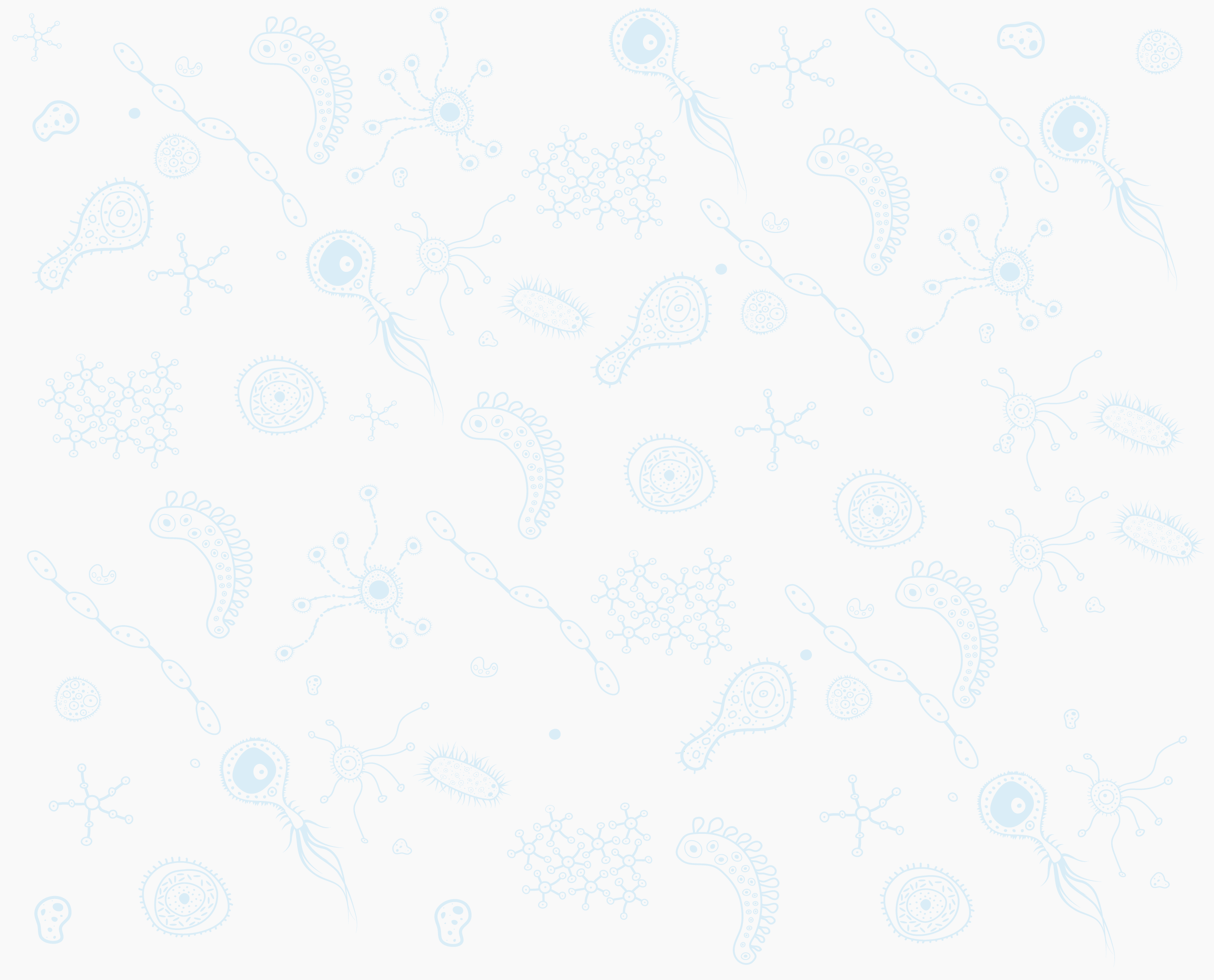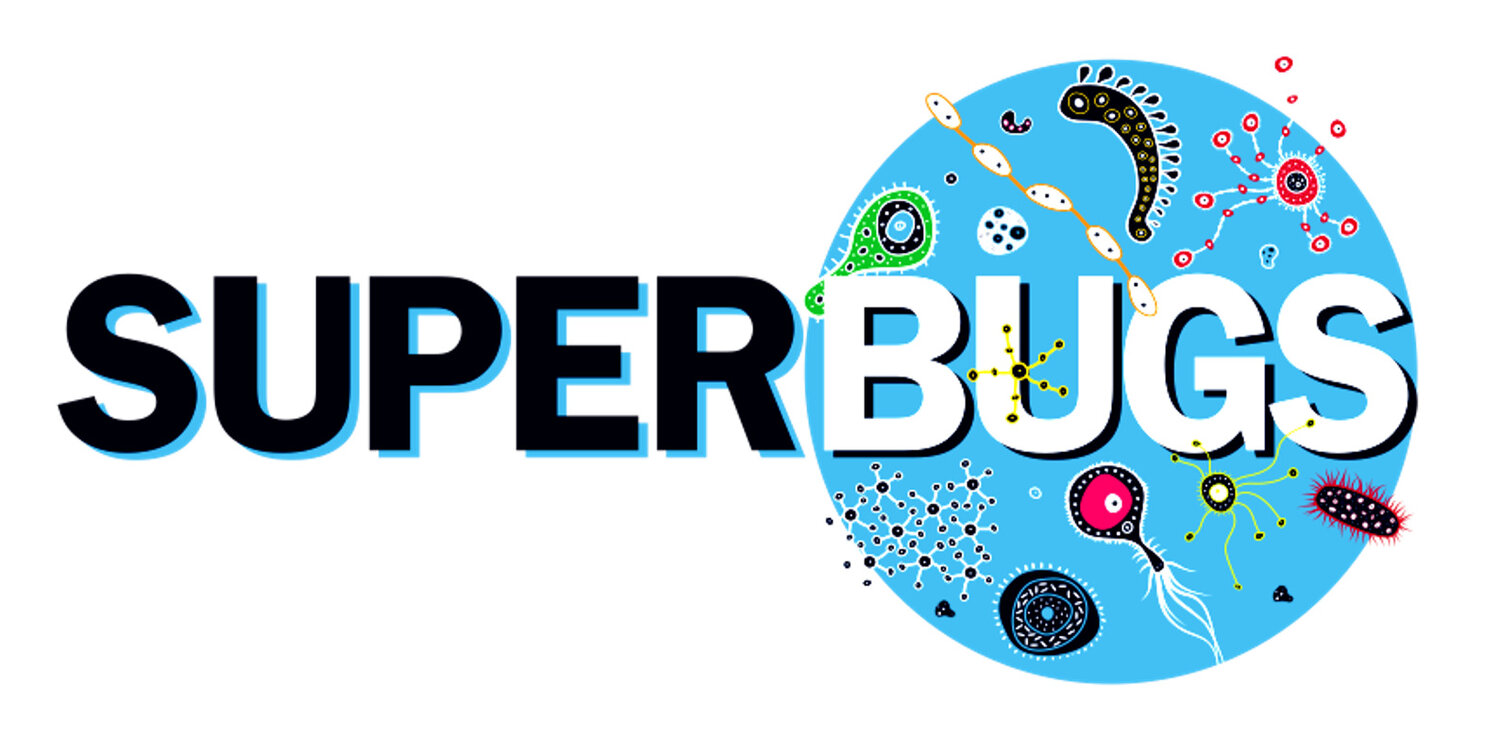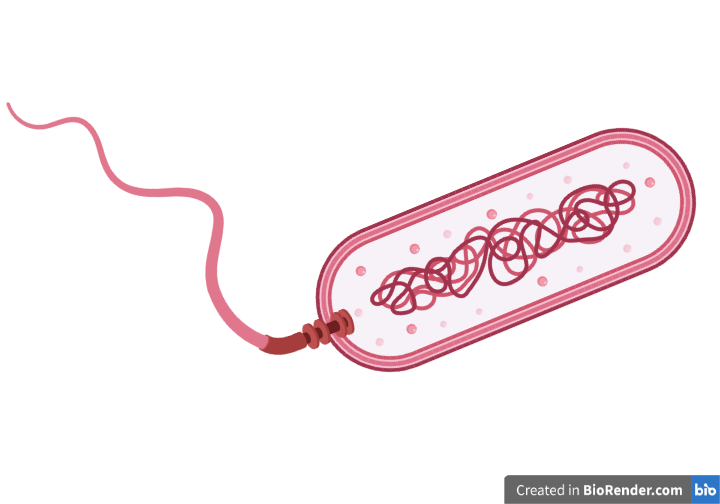
An Introduction to Life

Life – the biggest mystery in the world.
From the rain forest, to the bottom of the ocean, to hot deserts, to the top of mountains: the Earth is full of life. Of all different shapes and sizes.
But all life has one very simple thing in common.
All life is cellular – by that we mean, every living thing is made up of cells. Sometimes this can be a single cell, sometimes a hundred, sometimes millions, billions and trillions of cells!
So what are cells?
Cells are (mostly) tiny things, so small, they are invisible to our eyes. We can only see them through microscopes. They come in all shapes and sizes. Cells are like miniature factories – they take in nutrients and minerals and other food from their environment and use it to create energy which drives the cell.
Take a look here at the different types of cells you can find.
Eukaryotic cells
(“You-carry-ot-ick”)
Cells that make up plants and animals are called eukaryotic cells. Eukaryotic cells are all the same in that the cells are split up into different sections, called organelles. Each organelle has a job to help keep the cell alive.
Plant cells (on the right) are quite stiff, their outer layer has what is called a cell wall. This makes them stronger, and protects the cell. One very important organelle is the green chloroplast, which is the part of the cell that carries out photosynthesis.
Animal cells (on the left) can be VERY different in terms of size and shape. Animal cells differ from plant cells in that most do not have a cell wall. They have a weaker outer layer called a cell membrane. This makes the cells more flexible. Imagine a water balloon!
Prokaryotic cells
(“Pro-carry-ot-ick”)
Prokaryotic cells are bacteria and other micro-organisms — click here to find out more about the different types of microbes. The major difference to eukaryotic cells is that prokaryotic cells do not have organelles.
➡️ A Timeline Of Evolution
From the beginning of time itself to the last Western Black Rhino in Africa.

